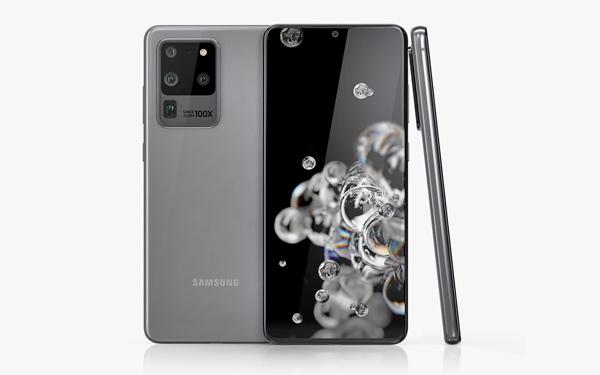You are here
Of lenses and speakers size
By Jean-Claude Elias - Oct 12,2017 - Last updated at Oct 12,2017
I have something against the size of cameras lenses in smartphones and that of speakers in miniaturised Bluetooth speakers. They are just too small to make great photos or great sound. This has nothing of a macho or other senseless attitude. It just stems from genuine keenness to see beautiful pictures and to enjoy full-bodied sound.
It is actually one of the high-tech world contradictions. While the digitisation of picture and sound allows generating, preserving and duplicating them in extraordinary quality, technology at the same time is designing and manufacturing devices that reduce that quality.
Over the past few years engineers have succeeded making tiny camera lenses and squeezing them in smartphones. Admitted, the resulting picture quality cannot be labelled as bad, and year after year it all keeps improving. However, can we honestly compare photos taken this way with what one can achieve with a full-size dedicated DSLR camera and a lens that alone weighs 1 kilogramme and sometime more?
Nikon has just released a new full-frame DSLR, the D850. There are posts on the web of sample photos taken with it, coupled with the company’s 70-200mm stunning zoom lens. Just looking at the photos brings you a sense of beauty, of realism, of completeness that no smartphone camera can even come close to. Of course the D850 body alone is $3,300 and the lens about as much in the US market.
When you look at a picture taken with a smartphone, you may be happy with it, assuming it is a good shot in the first place. It is only when you compare it with what a big DSLR camera can achieve that the difference become obvious.
Smartphone makers entice you with numbers such megapixels and the like. But 24 megapixels with a smartphone camera is one thing and 24 megapixels with a DSLR is another! Perhaps the only part that could sustain some kind of fair comparison between the two devices is the internal digital processing of the photo once it is shot, but certainly not the lens.
It is a parallel situation with small speakers. The industry is now able to make units that generate incredible sound power from very little boxes. Just like smartphone camera makers tell you about megapixels to impress you, speakers manufacturers brag about watts.
Here again, 30 watts (real, RMS watts) in big wooden enclosures that weigh 10 kilograms or more cannot be compared to those hand-held, almost pocketable Bluetooth boxes that also arguably are able to blast 30 watts of music. Close your eyes, listen to both, and the difference will astound you.
Bowers & Wilkins is a celebrated British maker of fine speakers. The average weight of their units is 30 kilogrammes and the dimensions a sizable 100x30x40cm. These are standard home speakers, not models meant for theatres or concert halls that understandably would be much heavier and larger. They also make a mammoth model called Nautilus that weighs 100 kilogrammes; still made for homes! But you do not need to go to such extremes to enjoy great music.
Given the current life style, the fast pace of living, and perhaps before anything else the need for mobility, we certainly need the small and the big, the affordable and the more expensive, the good and the better. What matters is not to be deceived by the advertisers’ arguments and not to take one technological wonder for another. To each its place.
Related Articles
Expect sharper, clearer selfies this year. Samsung Electronics Co. has beefed up the camera in its Galaxy S5 smartphone due for April release and added smarter camera software, following Sony and Nokia in their upgrades of handset cameras.
Back in 2015, I reviewed a Nikon camera called the Coolpix P900, which is a “bridge camera”.I was not familiar with the term then, but I am
Samsung’s new Galaxy S20 phones have been introduced, and the three models are all a very nice step up from last year’s Galaxy S10s.













